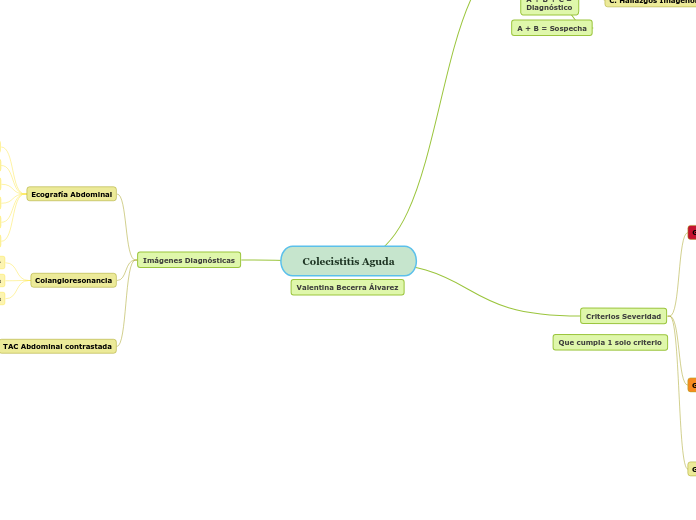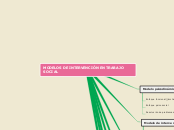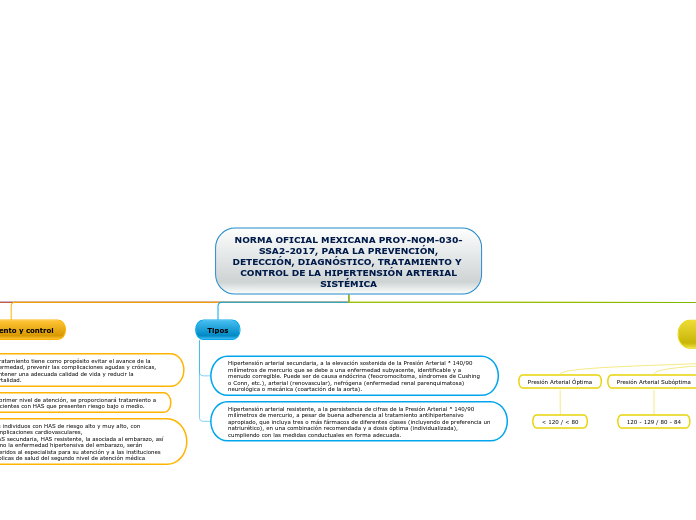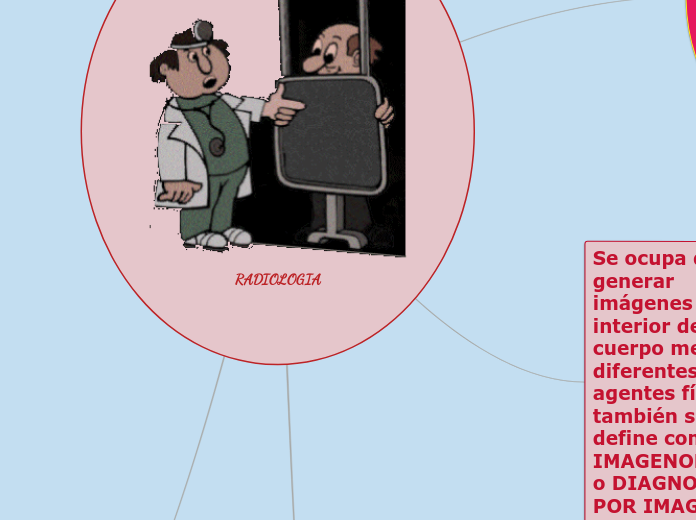作者:valentina becerra 4 年以前
269
Colecistitis Aguda

作者:valentina becerra 4 年以前
269

更多类似内容


由MARTHA PARIAS


由lady stormborn


由Gustavo Sanchez


由Lorena Patricia Verdugo Perez
Tenses demonstrate the time of actions centered around the subject of the sentence. These actions are called verbs and change according to tenses.
There are four Future tenses:
Future Perfect Simple is used for:
Adverb used with Future Continuous:
Structure:
Will + Subject + Have + Past Participle?
e.g. Will you have met your colleague by this time tomorrow?
Structure:
Subject + Won’t Have + Past Participle
e.g. I won’t have met my friend form United States by this time tomorrow.
Structure:
Subject + Will Have + Past Participle
e.g. I will have met my friend form United States by this time tomorrow.
Future Continuous is used:
Adverb used with Future Continuous:
Structure:
Will + Subject + Be +Verb-ING?
e.g. Will you be having fun at the party?
Structure:
Subject + Won’t Be + Verb-ING
e.g. He won’t be having fun at the party.
Structure:
Subject + Will Be + Verb-ING
e.g. You will be having fun at the party.
Future Simple is used:
'Going to' Future is used:
Some adverbs used with 'Going to' Future:
Future Simple with 'will'' is used:
Some adverbs used with Future Simple:
There are four Past tenses:
Past Perfect Simple is used for:
The Past Perfect tense is not normally used alone. It is used to denote the earlier of two past actions. We use Past Simple for the latter action.
Some adverbs used with Past Perfect Simple:
Structure:
Subject + had + Past Participle
e.g. They had already met Julia before the party.
Past Continuous is used for:
Some adverbs used with Past Continuous:
Absceso hepático
Colecistitis Enfisematosa
Peritonitis biliar
Absceso piocolecistico
Colecistitis gangrenosa
Structure:
Was/ were + Verb-ING?
e.g. Were you studying when she called?
Structure:
Subject + wasn’t (was not)/ weren’t (were not) + Verb-ING
e.g. You were not studying when she called.
Structure:
Subject + was/ were + Verb-ING
e.g. You were studying when she called.
Past simple expresses:
Some adverbs used with Past Simple:
Plaquetas < 100.000
PT - INR >1.5
Creatinina >2
Oliguria
Structure:
Did + subject + Base Form of the Verb?
e.g. Where did you meet her?
PaO2/FiO2 <300
Type in your own examples or you can also choose from the examples below.
Form of word "to be":
Form of word "to have":
Structure:
Subject + did not/didn’t + Base Form of the Verb
e.g. They didn’t like my food.
Alteración conciencia
Type in your own examples or you can also choose from the examples below.
Form of word "to be":
Form of word "to have":
Structure:
Subject + Verb in Past Simple (2nd form)
e.g. They lived in Spain three years ago.
Hipotensión con requerimiento vasoactivo
Type in your own examples or you can also choose from the examples below.
Form of verb 'to be':
Form of verb 'to have':
There are four Present tenses:
Present Perfect is used for:
Some adverbs used with Present Perfect:
Structure:
Have/ has +Subject+ Past Participle?
e.g. Has she finished the letter?
Structure:
Subject + haven’t (have not)/ hasn’t (has not) + Past Participle
e.g. She hasn’t finished the letter.
Structure:
Subject + have/ has + Past Participle (3rd Form of the Verb)
e.g. She has finished the letter.
Present Continuous is used to indicate the ongoing time (now).
Some adverbs used with Present Continuous:
Structure:
BE + Subject + Verb-ING?
Are you eating now?
Structure:
Subject + BE not + Verb-ING
e.g. You are not eating now.
Structure:
Subject + BE (am/is/are) + Verb-ING
e.g. You are eating now.
Present Simple is used for:
Some adverbs used with Present Simple:
Structure:
Subject (I, You, We, They) + do not / don’t + V1 (First Form of Verb)
Subject (He, She, It) + does not / doesn’t + V1 (First Form of Verb)
e.g. He doesn’t work in a bank.
Structure:
Subject (I, You, We, They) + V1(First Form of Verb)
e.g. I usually go jogging at weekends.
Subject (He, She, It)+ V1(First Form of Verb) + s/es
e.g. She writes every day.